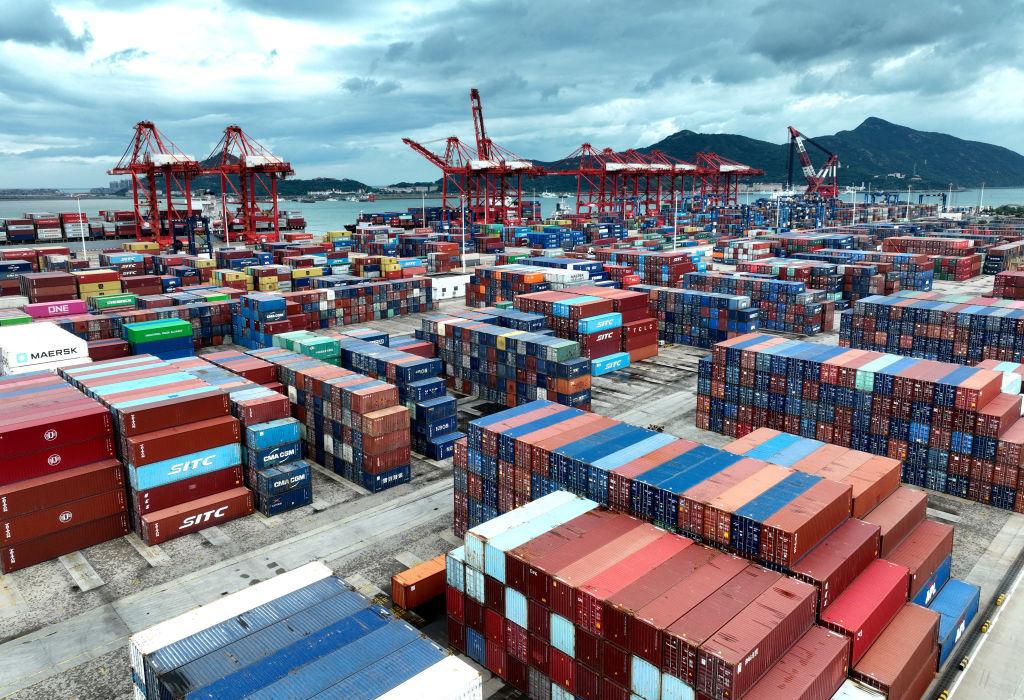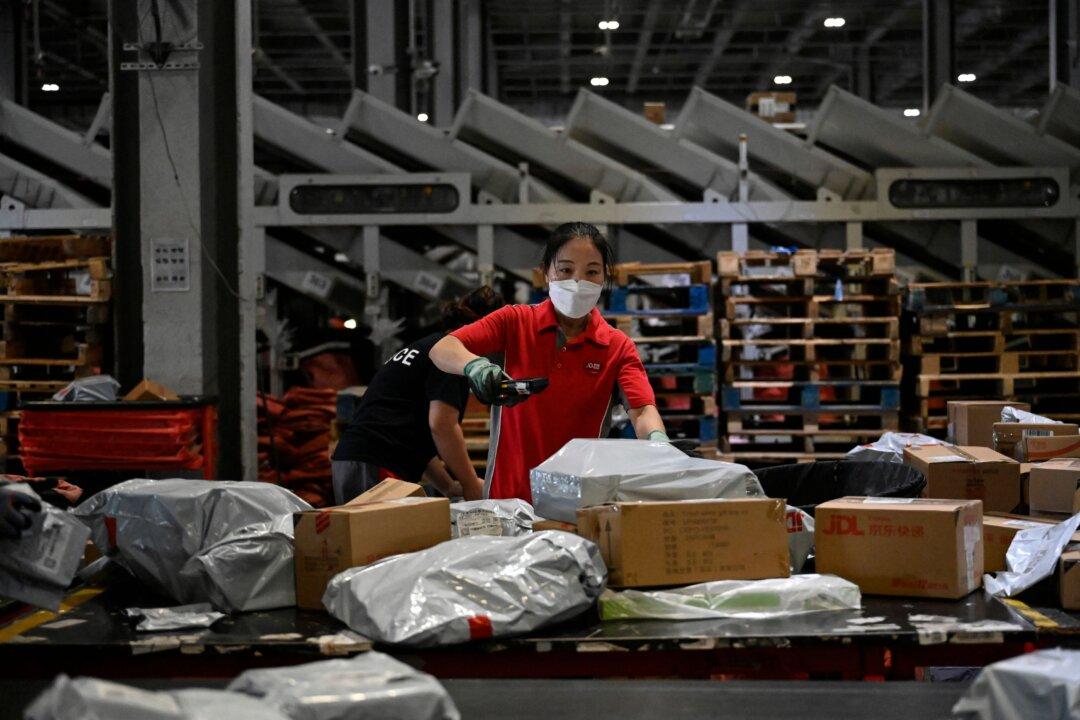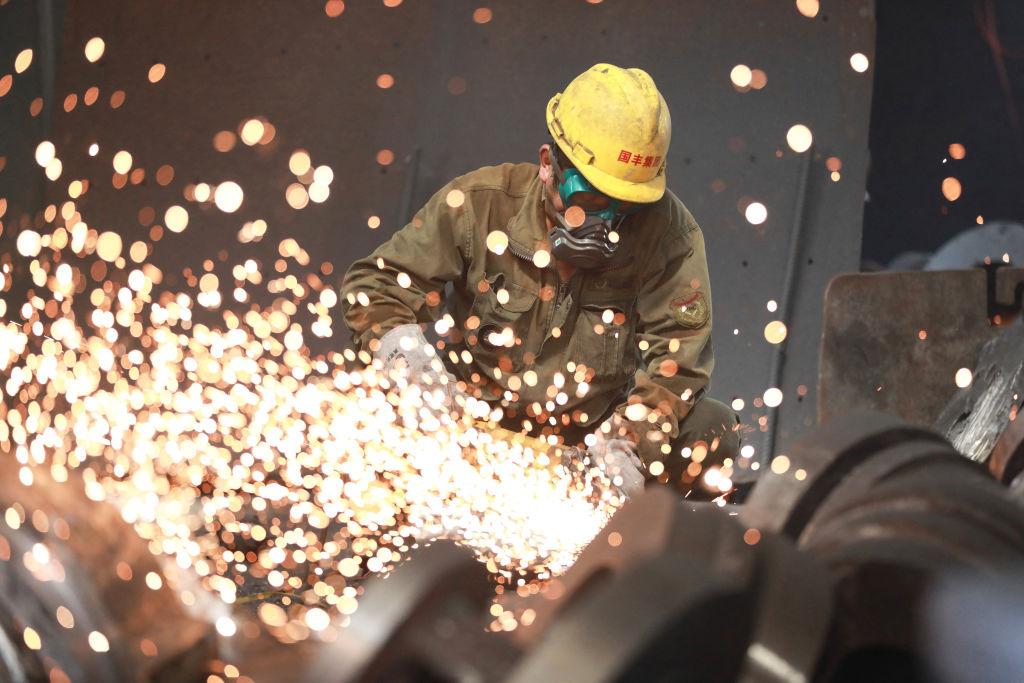China’s consumer prices dipped and factory-gate prices dropped slightly quicker than anticipated in September, indicating persisting deflationary pressures in the world’s second-largest economy.
China’s statistics bureau stated on Friday that with lowering food costs, the consumer price index (CPI) was unchanged from the same month a year earlier. In July, the index fell into negative territory, but in August, owing to rising energy prices, it edged up by 0.1 percent.





